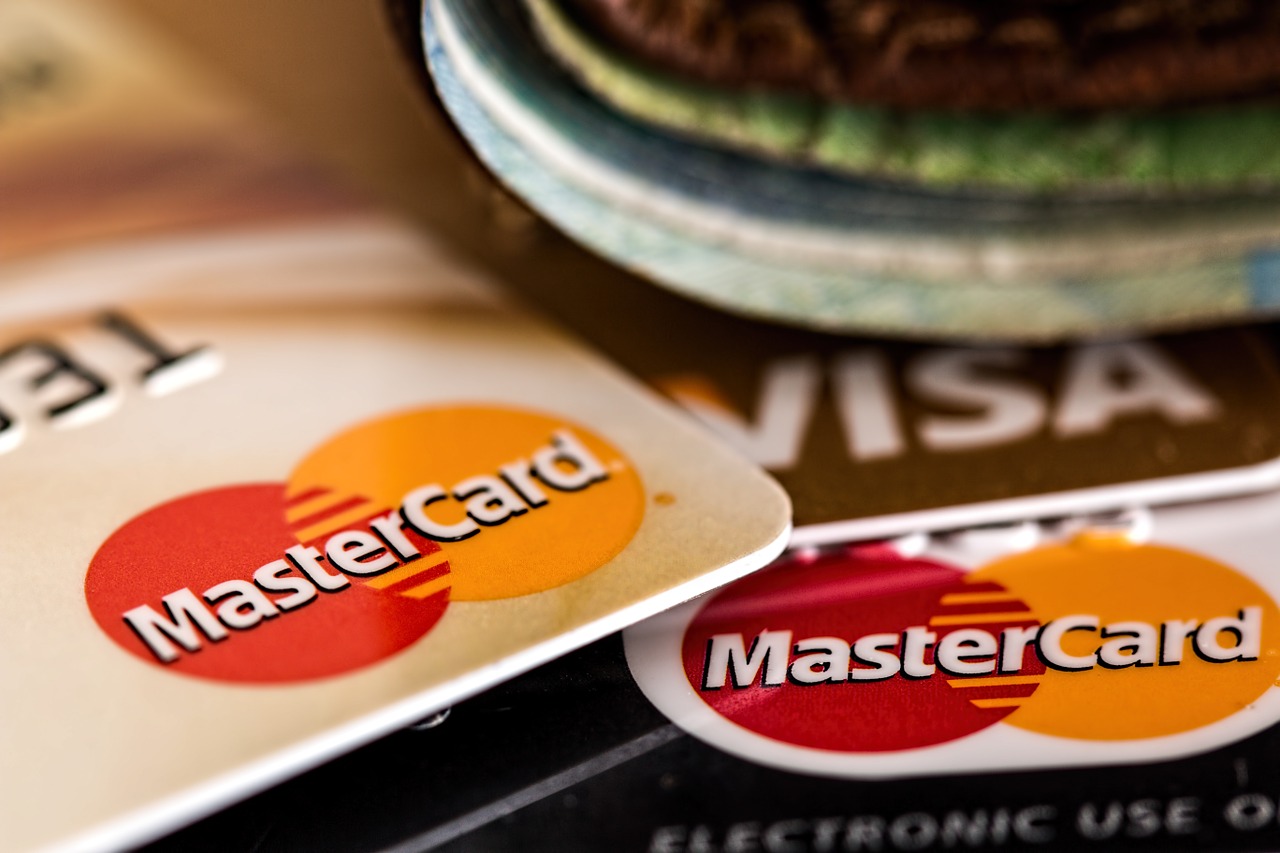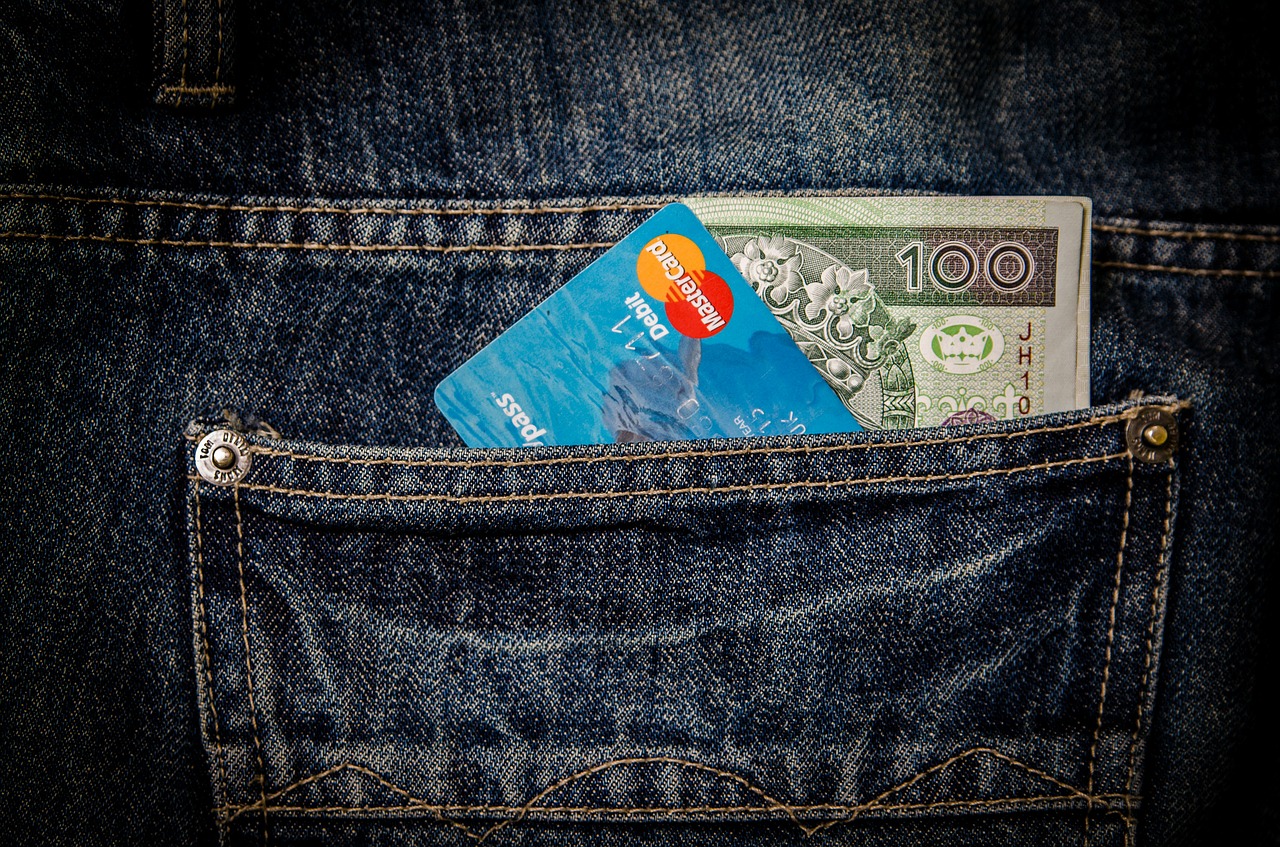A Quick Guide To Using Your Cards Abroad
Hidden charges, complicated fees and inflated conversion rates; using credit and debit cards abroad can be a minefield. Read on for the low-down on ways to stay safe and fee-free when using cards abroad.
For some, if you are travelling to a country whose currency can be bought anywhere, and you are happy to carry a large bulk of money on you, using cards can be avoided entirely.
However, places like Morocco, Tunisia and Vietnam all have closed currencies, meaning only a very limited amount of their currency can be taken either in or out of the country, if any. Asda Money have a good guide on getting currency in these places here.
In cases like this, you will need to use your card and in these circumstances, when buying currency at a bureau de change, using a credit card rather than a debit card could mean a further charge. To avoid this, get the money out of a cash machine in advance and use that, however this can be dangerous too as it leaves you vulnerable to being robbed so, instead use your debit card, this will offer a secure and convenient way to withdraw cash and make purchases reducing high charges and the risk of having your money stolen or lost.
Once you’ve sorted the initial bulk of money you think you will need, there is still a pretty high chance you’ll need to use your card while you’re out and about, usually via a shop or restaurants through using a card terminal system. Whether it’s for the last couple of days of the journey and you’ve overspent, or if you decide to make an unexpected and expensive purchase, you’ll be glad to have your cards on hand.
In these circumstances, whether it’s a debit or credit card, and you have the choice to pay in the local currency or pounds, always, always, always go with the local currency. Otherwise, you’re asking for an overseas company to do the conversion, for which the rates are likely to be far higher. Martin Lewis explains on MoneySavingExpert that this could mean an extra 3% on a Visa or MasterCard. If you’re away for longer than a few days this can really stack up. So just remember to pay in the local currency.
At the start of 2014, the law was changed so that card providers have to be entirely open about how much they charge to use their cards abroad. This is usually in the form of a statement breakdown. Do a bit of research before you travel and your wallet will thank you for it!


